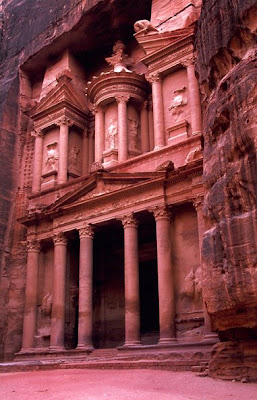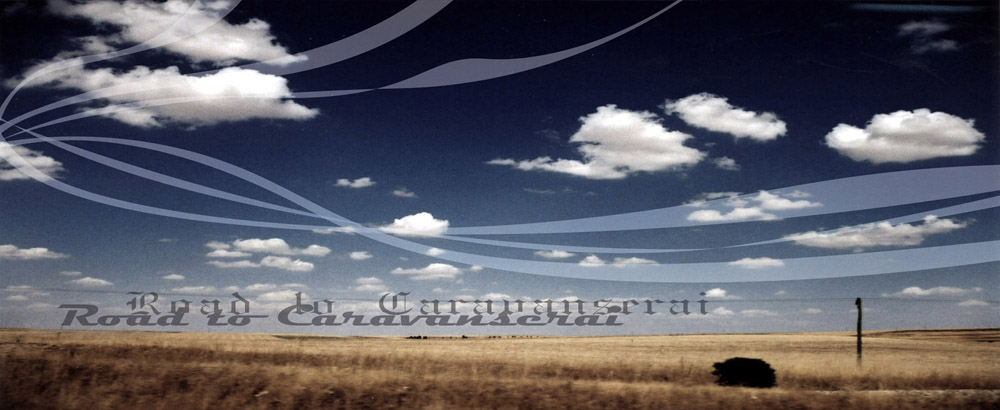


At the end of the Siq, about 1.5km from the gorge entrance, we arrived at the spot where every visitor would stop for the iconic view of the rock-cut Treasury (Al Khazneh). No matter how many times the image of the Treasury has become in the age of mass images, the view is still stunning. While we were taking photos, groups after groups of tourists passed by us and gathered in front of the Treasury. Certainly this is the busiest attraction in Jordan. Unlike the Indiana Jones movie, the interior of the Treasury is a large but empty high ceiling space carved out from the cliff. No labyrinth or traps, only massive blank walls containing magnificent marble-like patterns in colours ranged from white to red to brown. There are legends suggesting robbers and pirates used the building as a treasury of looted objects, and probably it was where the name “Treasury” comes from.
Petra was the capital city of the Nabatean civilization. First as the Nabatean capital and then later as an important Roman trading, Petra reached its prime time from around 100BC to 200AD. The city’s fortunate was closely tied to how well they managed water supplies and how caravan routes had established in the Middle East. In its high time, Petra was a very significant trading city at the west end of the Silk Road, before caravans reached the coast of the Mediterranean. The city flourished as a trading city until the Bride of the Desert, Palmyra, took over its place as trade routes being developed further north in today’s Syria and Lebanon.

No comments:
Post a Comment